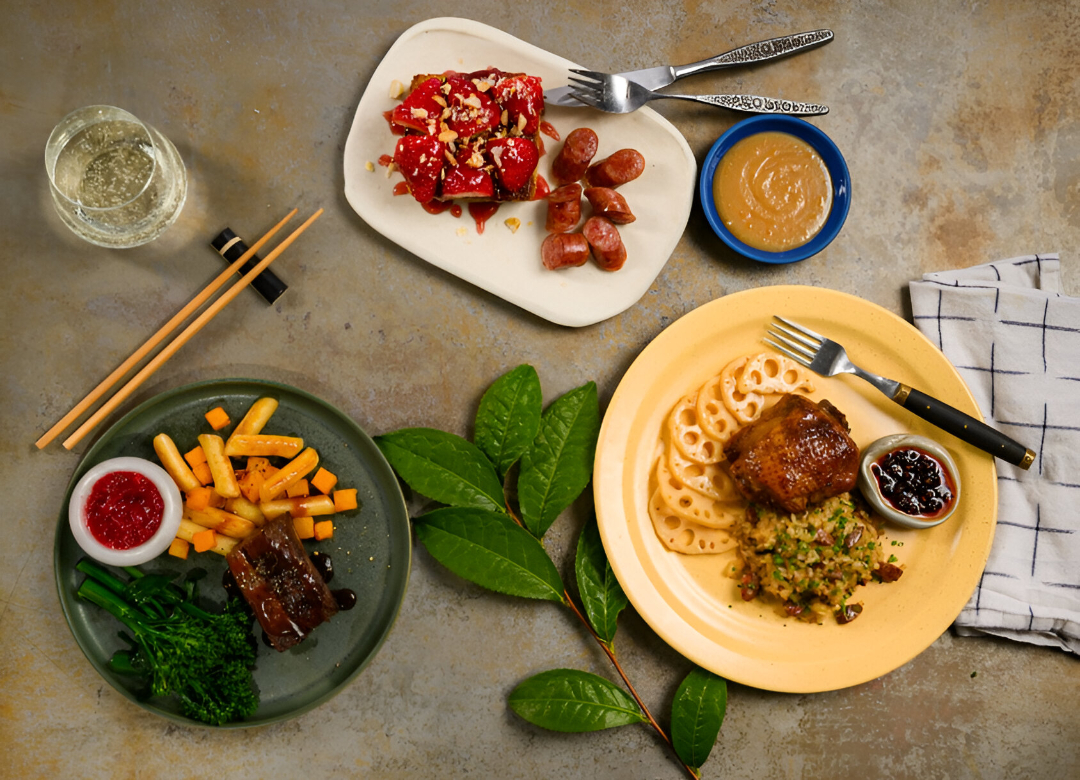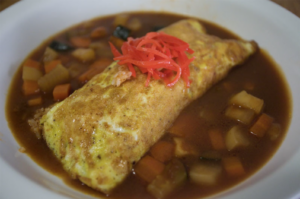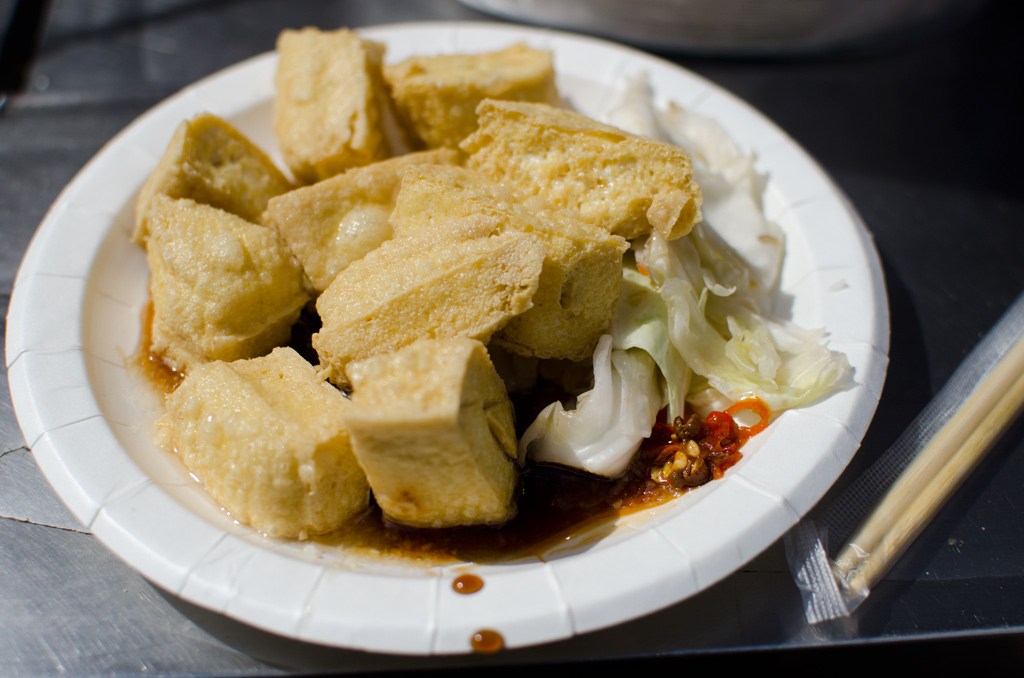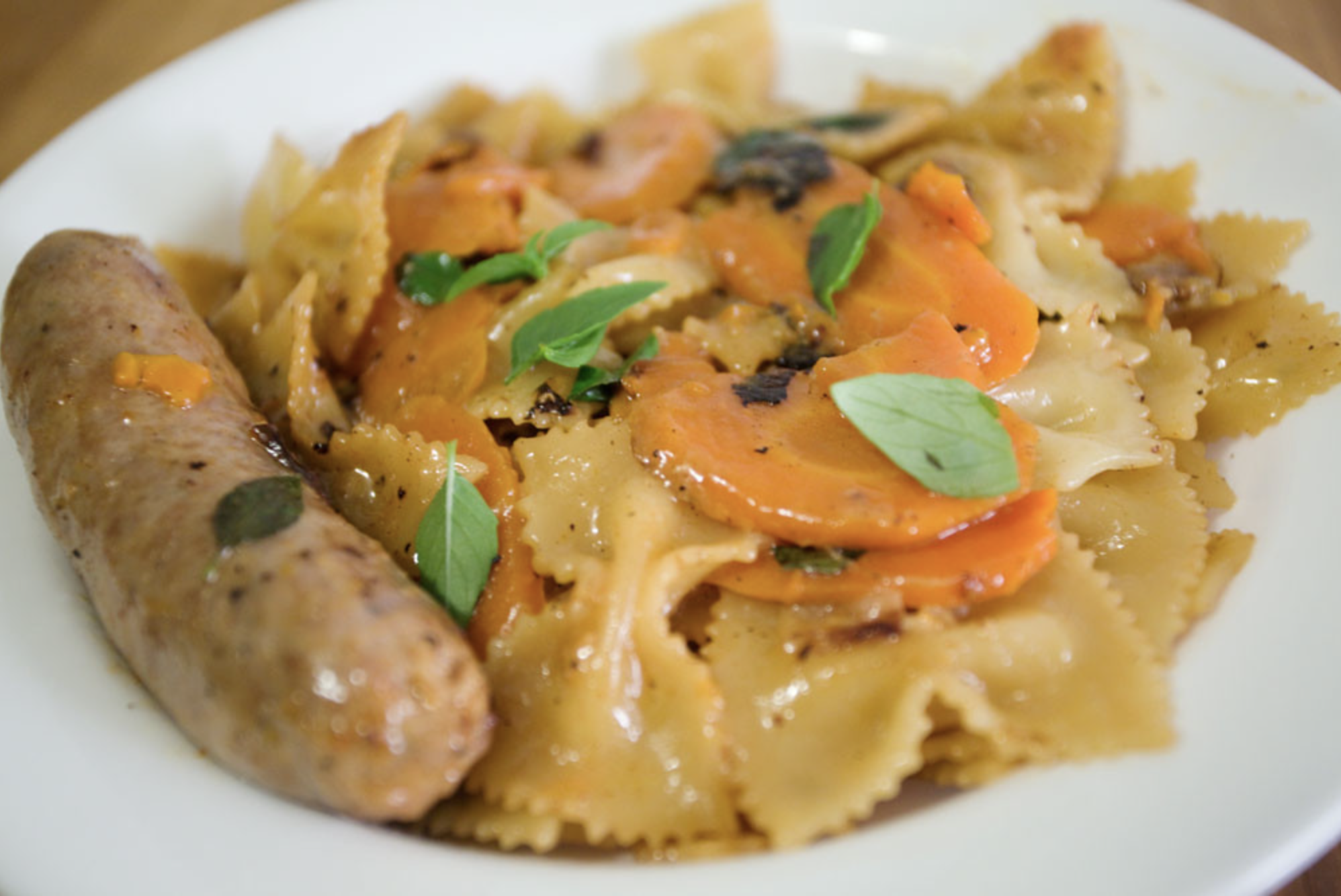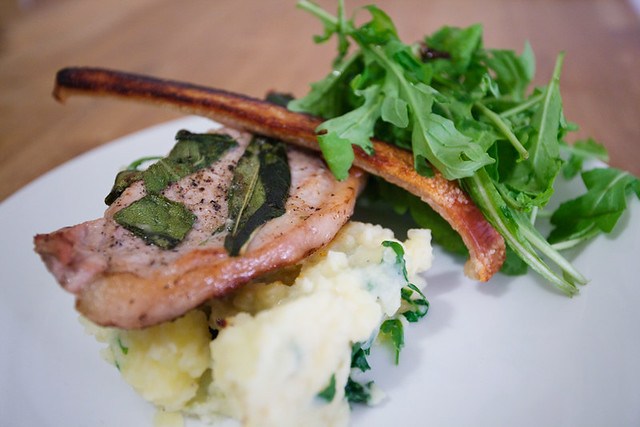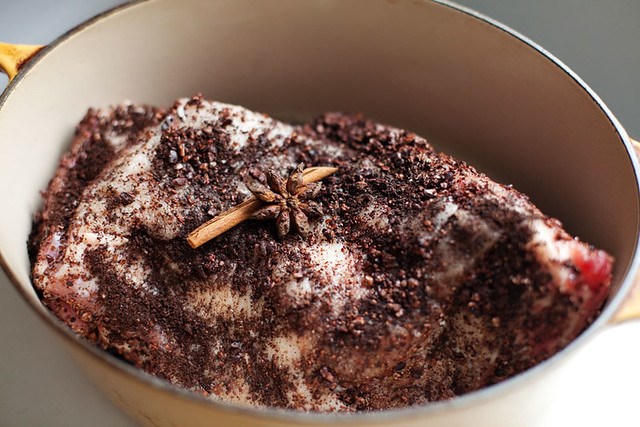Alaska Airlines wants you to know they’ve solved airline food. The carrier recently announced an expanded partnership with Michelin-starred chef Brandon Jew alongside new plant-based options for Main Cabin passengers. But beneath the carefully plated PR lies a perfect microcosm of the modern airline industry’s two-tiered reality.
The Tales of Two Cabins
Up front in First Class, passengers flying from San Francisco to JFK, Boston, and other premium routes will feast on Cantonese-inspired cuisine from one of America’s most celebrated chefs. The menu includes congee, braised duck, and black cod crafted by the owner of Michelin-starred Mister Jiu’s. Meanwhile, in the back, economy flyers get a plant-based grain bowl.
According to Alaska Airlines Newsroom, Todd Traynor-Corey, managing director of guest products, has emphasized the airline’s “commitment to elevate the travel experience for our guests with sky-high hospitality and world-class cuisine” through this partnership. Translation: People with expense accounts enjoy fancy food.
The airline’s approach mirrors the widening experiential gap that defines air travel in 2025. Just as Dining in the Hush shows how economy seats have shrunk while business class pods have evolved into mini-apartments, the dining experience has become another marker of the class divide at 30,000 feet.
Grain Bowl Liberation Front
The new plant-based offering called “Best Laid Plants” launches April 30th for Main Cabin pre-orders, developed with Evergreens™. Unlike the usual sad airline salad (you know, the kind with browning lettuce that looks like it was packed during the previous administration), Alaska promises something more substantial.
“We created the Best Laid Plants grain bowl to prove plant-based food doesn’t have to be bland,” said David Rodriguez, Alaska’s Food and Beverage Planning and Programs Manager, in the official announcement.
A decade ago, any vegetarian meal on a domestic flight felt akin to drawing the short straw in a high-stakes lottery. The bar was so low you could trip over it during turbulence. Now, with plant-based options reaching culinary escape velocity in restaurants nationwide, airlines are reluctantly acknowledging that passengers might want more than animal protein or pasta.
The Sky-High Dining Stratification
This dual approach to onboard dining reveals the industry’s broader strategy: elevate the premium experience while making economy just tolerable enough that passengers don’t mutiny. Like a romantic partner who puts in just enough effort to avoid a breakup, airlines have calculated the precise minimum required for loyalty.
Chef Jew’s official statement focuses on his excitement about “connecting my hometown of San Francisco with New York,” though his restaurant commands months-long reservation waits. The contrast between his fine dining creations in First Class and the grain bowl in Main Cabin couldn’t be starker.
Flying Divided
Alaska’s culinary program sits within a historical context worth examining. In the regulated era before 1978, Alaska Airlines competed primarily on service and food, not price. Even economy passengers received meals that wouldn’t look out of place in a decent restaurant, according to multiple historical accounts of aviation dining.
The deregulation revolution that followed prioritized cost-cutting efficiency over passenger experience, creating the class divide we now accept as normal. Hawaiian Airlines’ plan for a premium lounge at Honolulu International Airport—with Hawaiian-inspired design and shared access for Alaska Airlines passengers—highlights how exclusivity remains a selling point. Today’s airline meal announcements are just the latest chapter in that ongoing story.
For frequent flyers navigating this bifurcated system, Alaska’s refreshed menus offer modest comfort: those in front get cuisine that rivals fine dining on the ground, while those in back get… well, at least they remembered you exist. In today’s airline industry, that counts as a victory—albeit one served in a recyclable bowl rather than on fine china.


